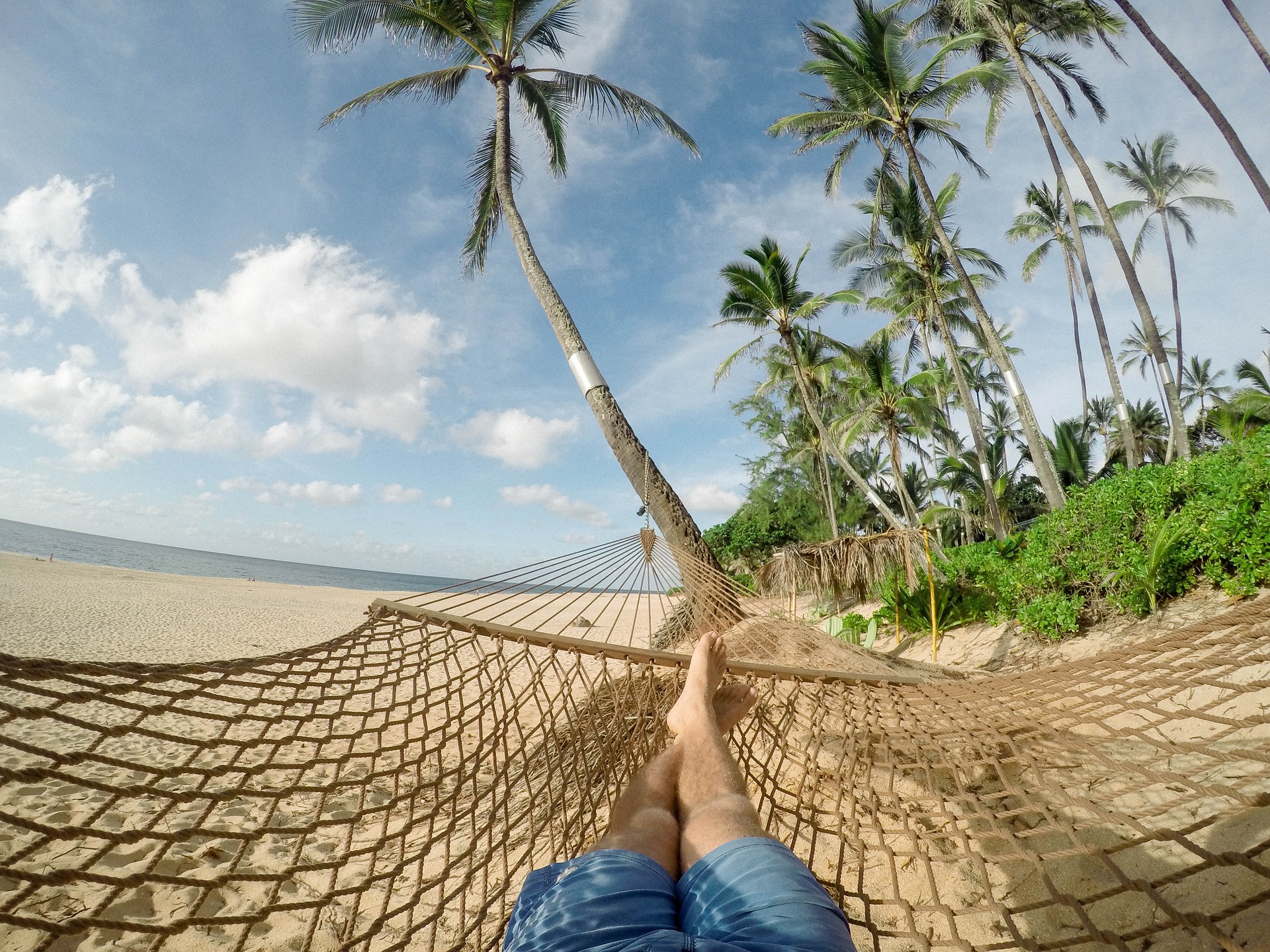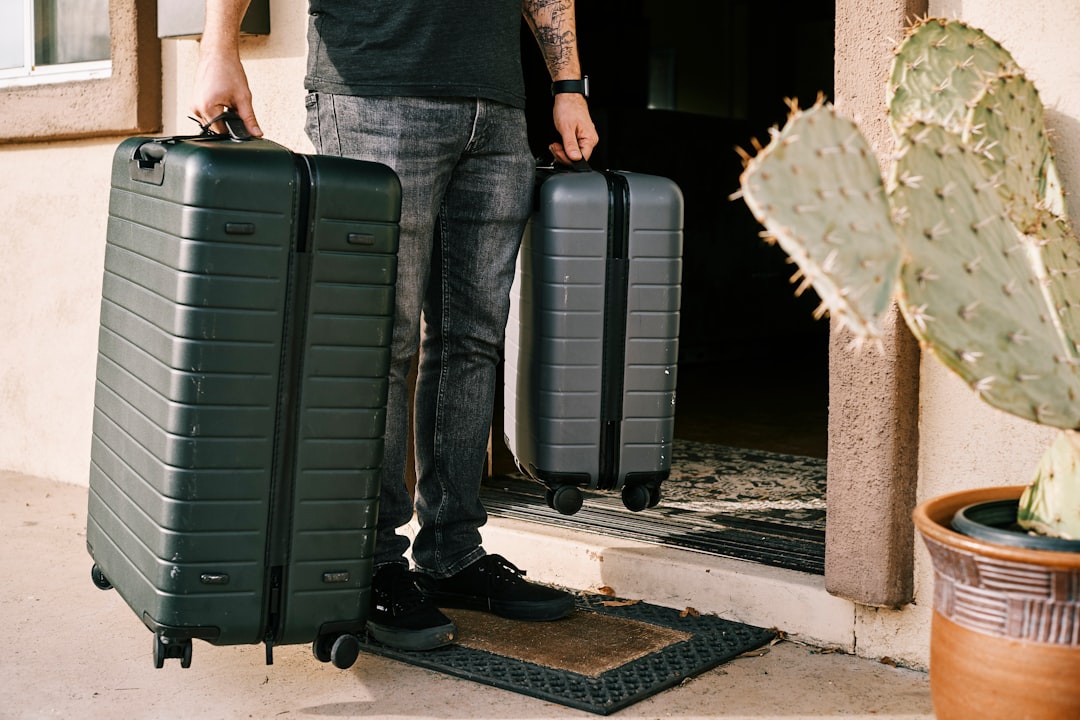Offshore shrink wrap is a versatile and effective way to protect valuable equipment and materials from the harsh marine environment. It is commonly used to wrap boats, but it has many other applications too.
Shrink wrap is a type of plastic film that, when heated, shrinks tightly to whatever it is covering. It is made from a variety of materials, including polyethylene, polypropylene, and PVC. Its strength and durability make it ideal for use in tough conditions.
Offshore shrink wrap is thicker and stronger than regular shrink wrap. It is designed to withstand the strong winds, saltwater, and sun that boats and other maritime structures are exposed to. It is also designed to be UV resistant, meaning it won’t break down from prolonged exposure to sunlight.
The process of applying shrink wrap is straightforward. First, the equipment or structure to be covered is wrapped in a layer of foam or padding to protect it from any sharp edges. Next, the shrink wrap is measured and cut to size. The film is then draped over the equipment and secured with strapping or tape. Finally, a heat gun is used to shrink the film tightly to the equipment.
The benefits of using offshore shrink wrap are numerous. Firstly, it provides excellent protection against the elements. Saltwater can cause rust, corrosion and other forms of damage to metal equipment, electronics, and other sensitive materials. Shrink wrap creates an airtight seal around the equipment, keeping out salt and moisture.
Secondly, shrink wrap is an effective way to deter theft and vandalism. When shrink wrapped, equipment is less visible and less accessible. This can discourage would-be thieves or vandals from attempting to steal or damage the equipment.
Thirdly, using shrink wrap helps to prevent costly repairs and replacements. By protecting equipment from the harsh marine environment, it can prolong the life of the equipment and reduce maintenance costs.
Offshore shrink wrap is also environmentally friendly. The film can be recycled, and many companies now offer recycling programs for used shrink wrap. This is a significant advantage over traditional methods of protecting equipment, such as tarps and covers, which are not recyclable and often end up in landfills.
One potential downside of using offshore shrink wrap is the cost. Shrink wrap can be more expensive than traditional methods of protection. However, when considering the long-term benefits, such as reduced maintenance costs, shrink wrap can be a cost-effective option.
Offshore shrink wrap is an excellent option for protecting valuable equipment and materials from the harsh marine environment. Its strength, durability, and UV resistance make it ideal for use in tough conditions. Furthermore, it is an environmentally friendly option that can reduce maintenance costs in the long run. Although it may be more expensive in the short term, the benefits of offshore shrink wrap make it a worthwhile investment for any marine-based organization.









